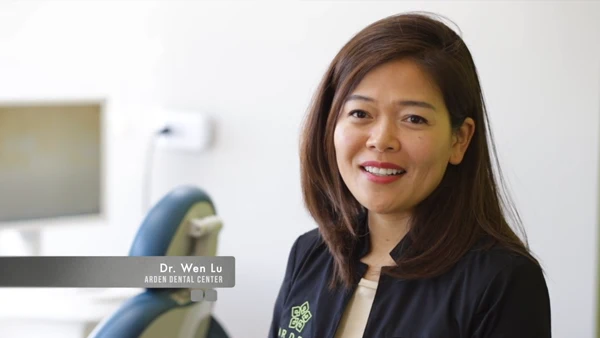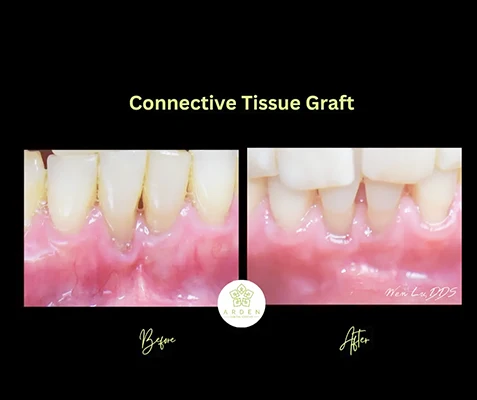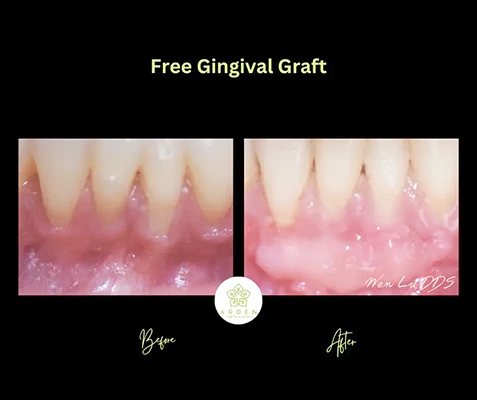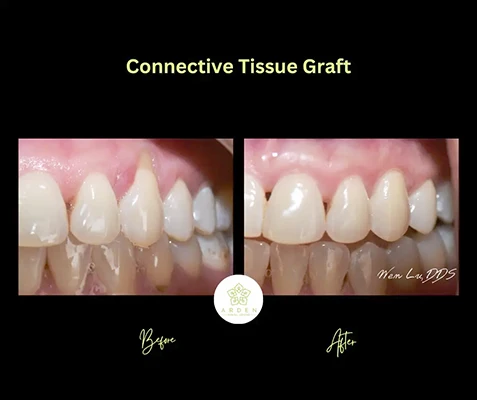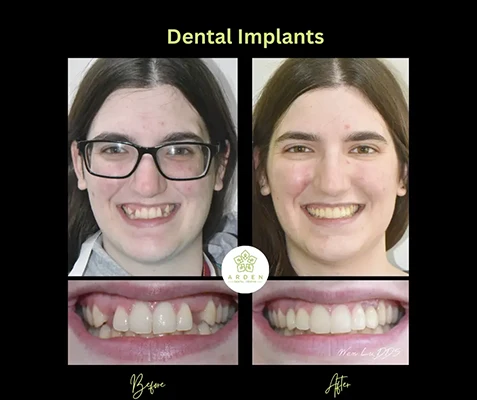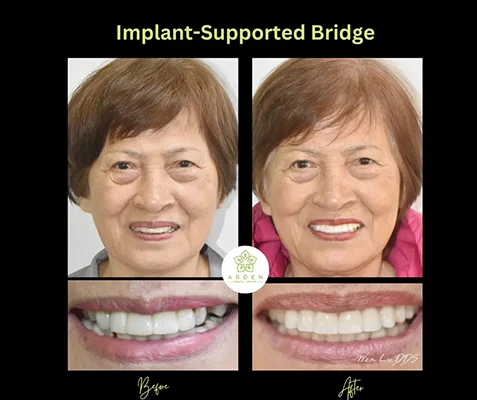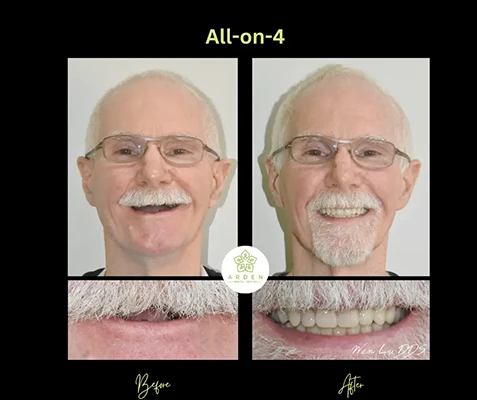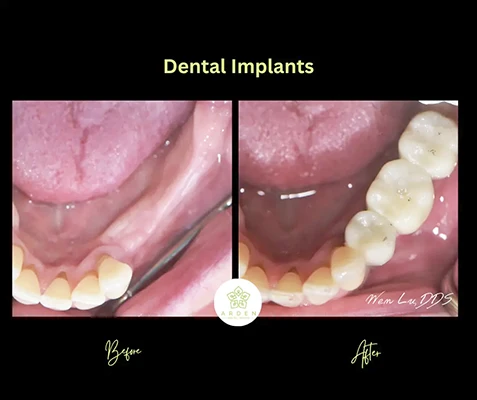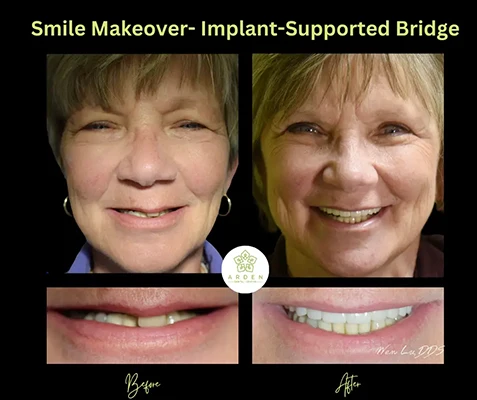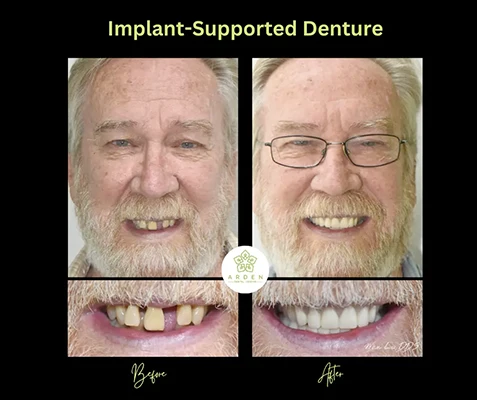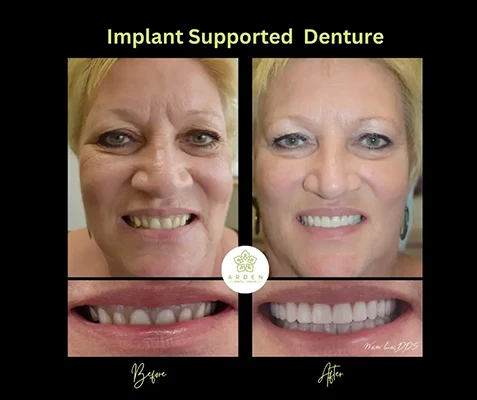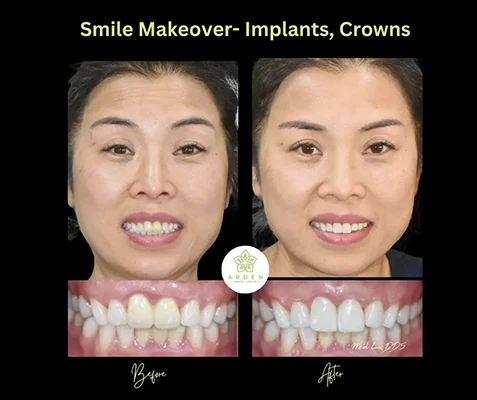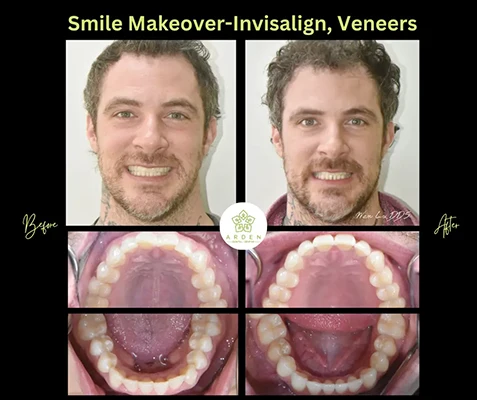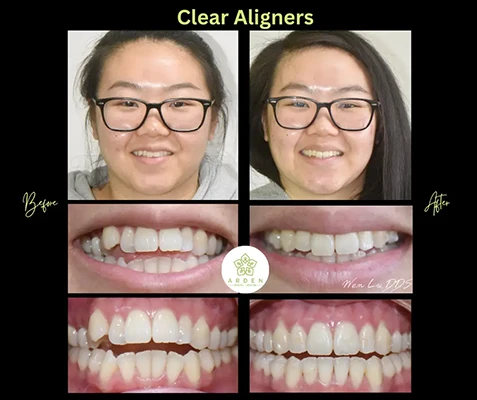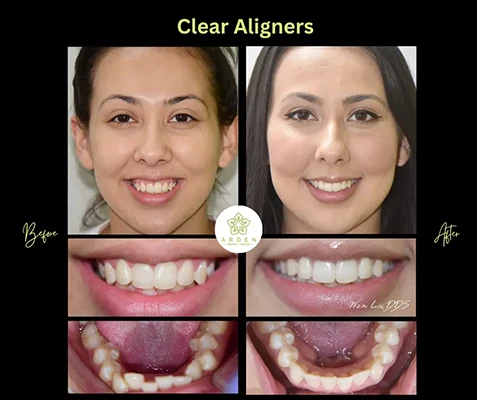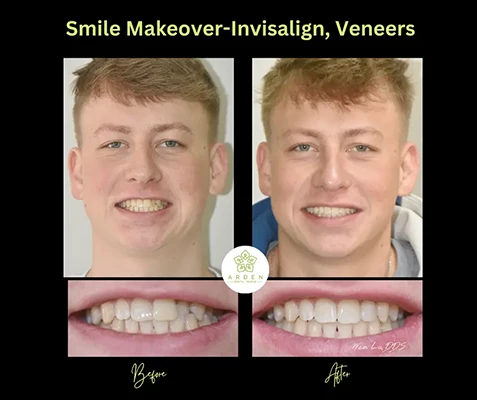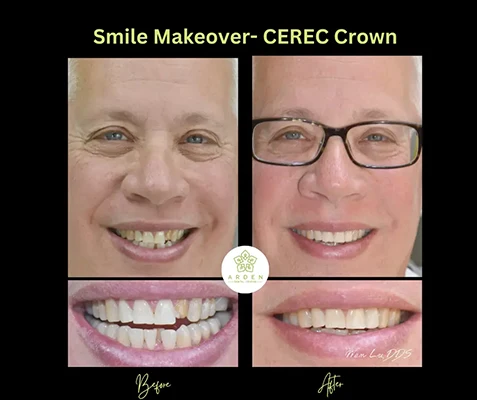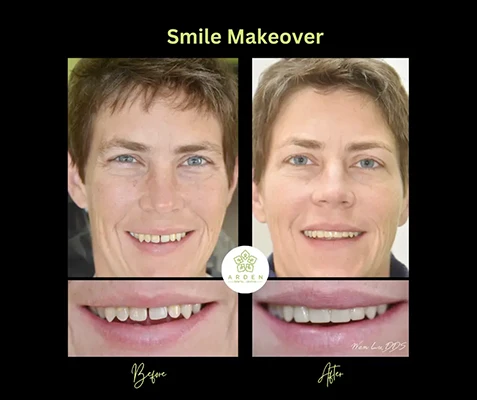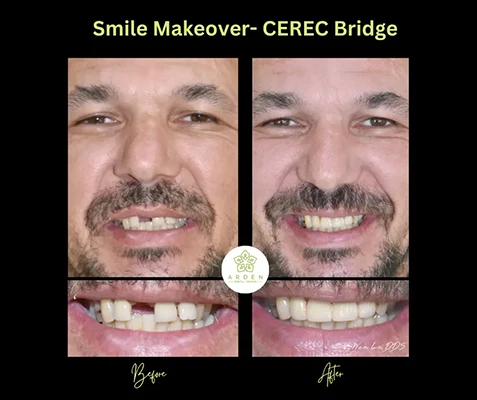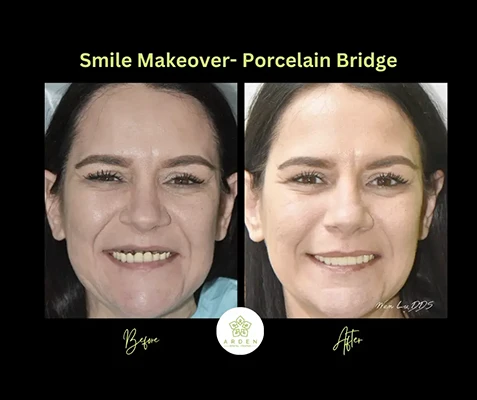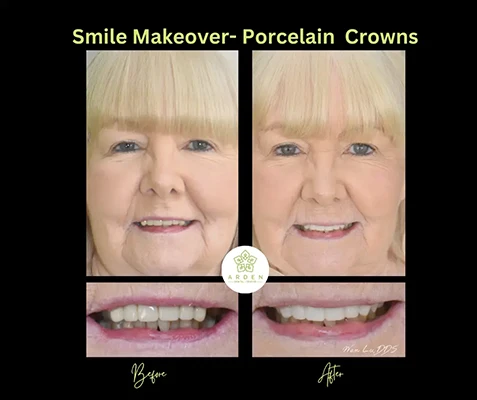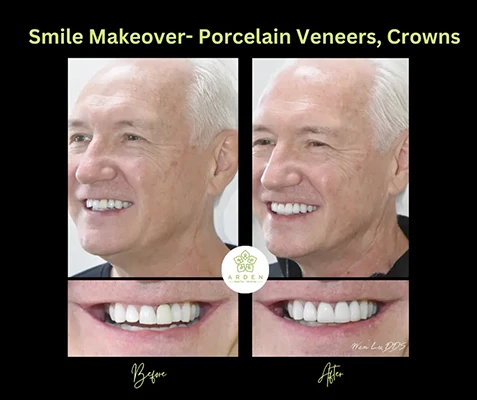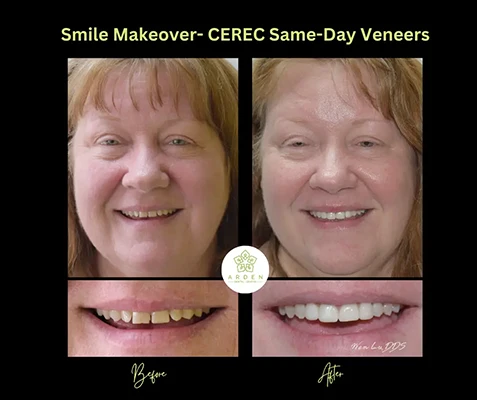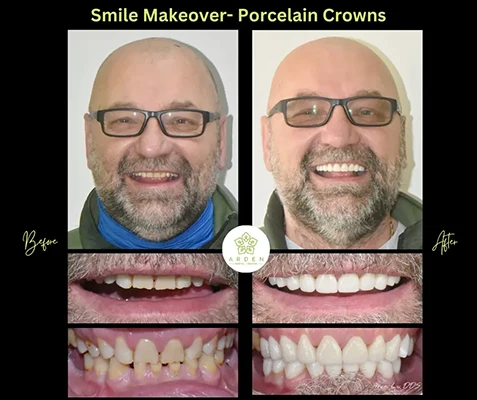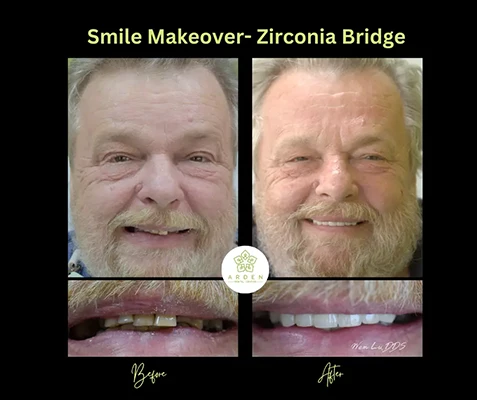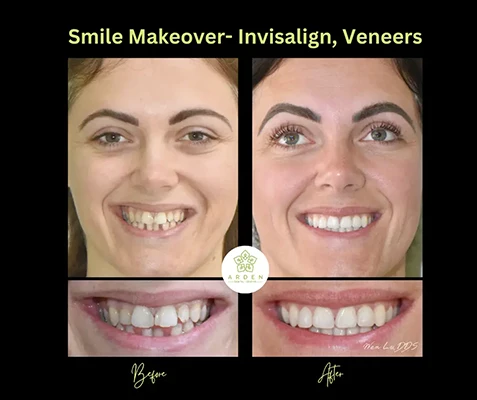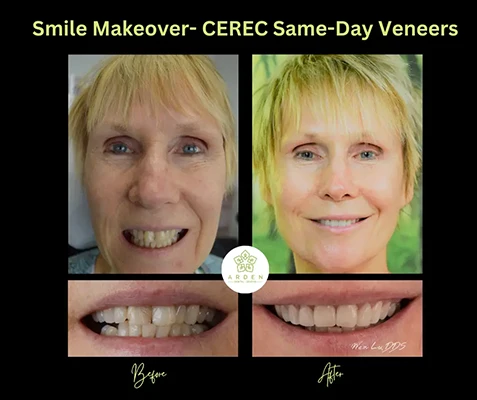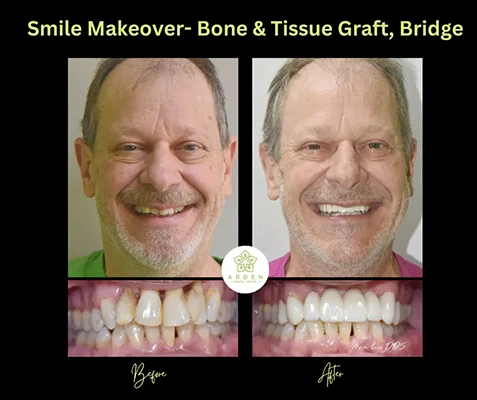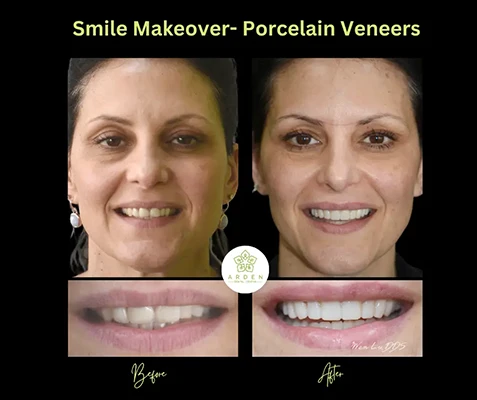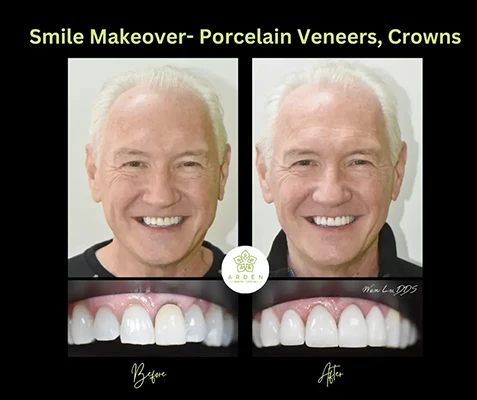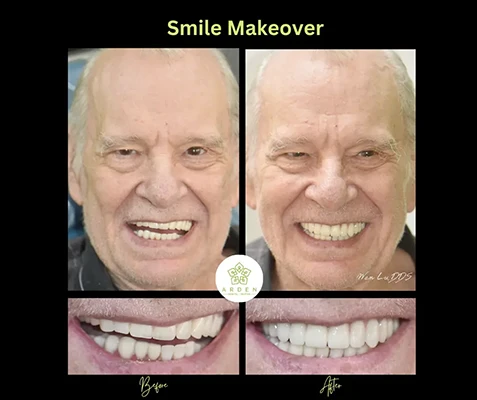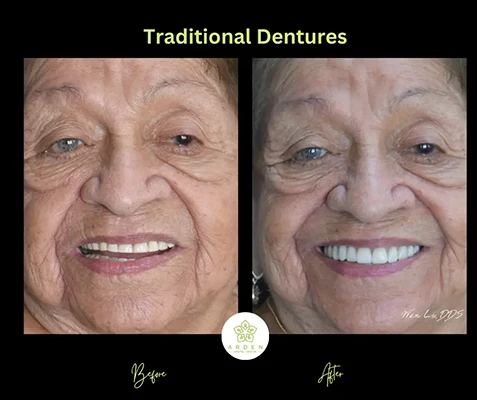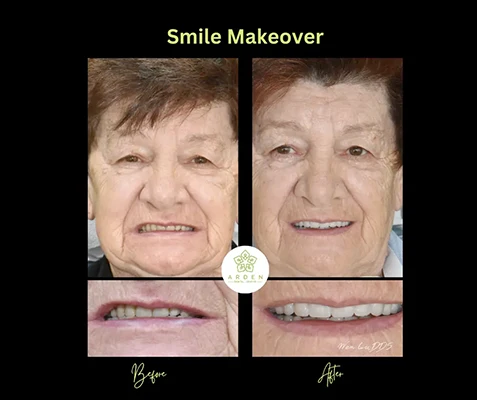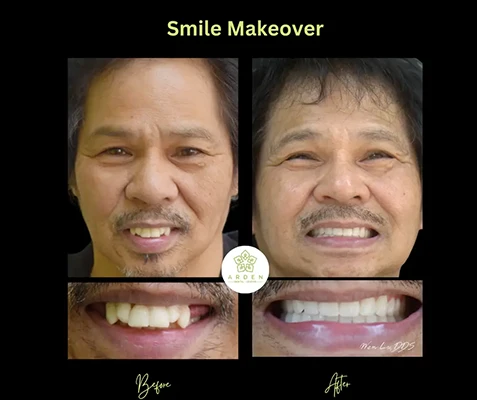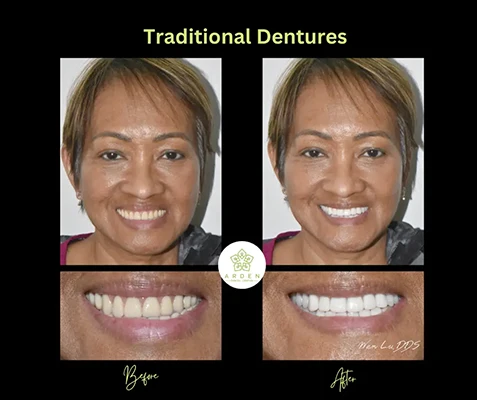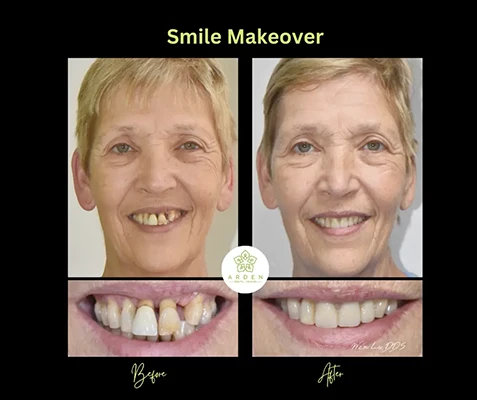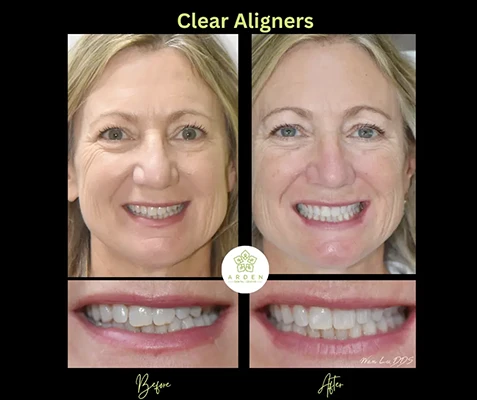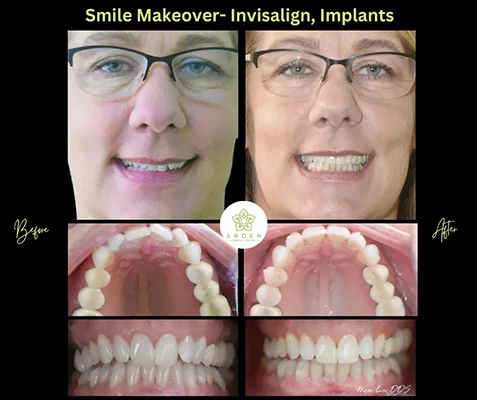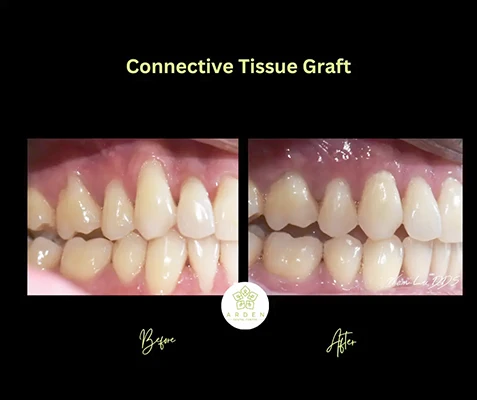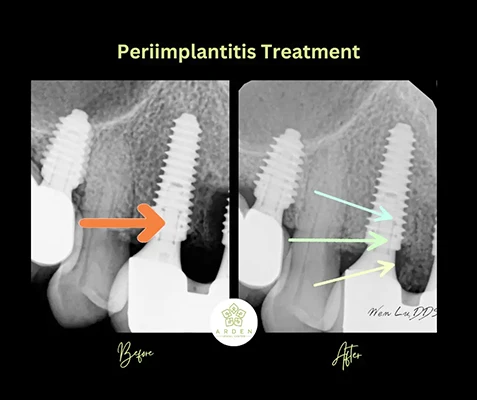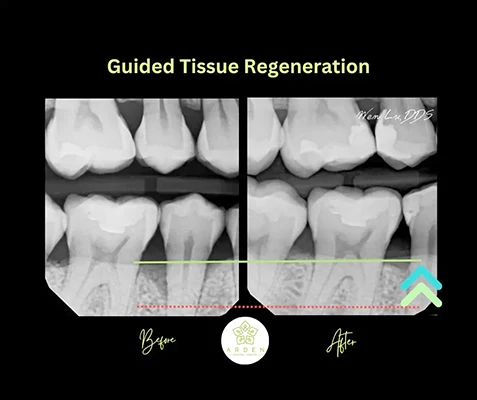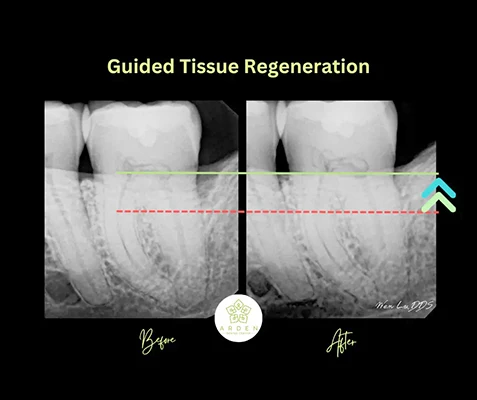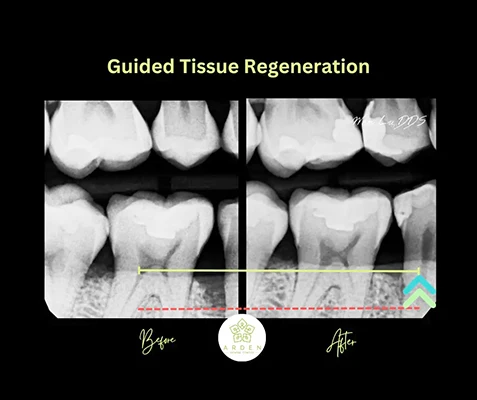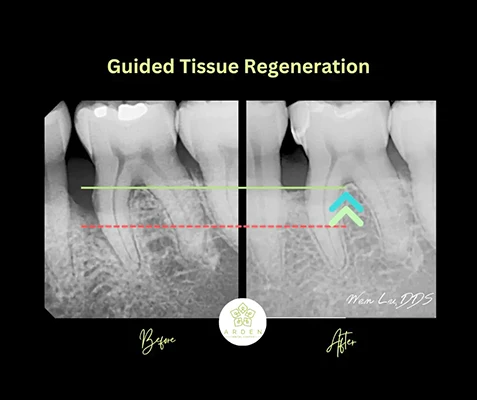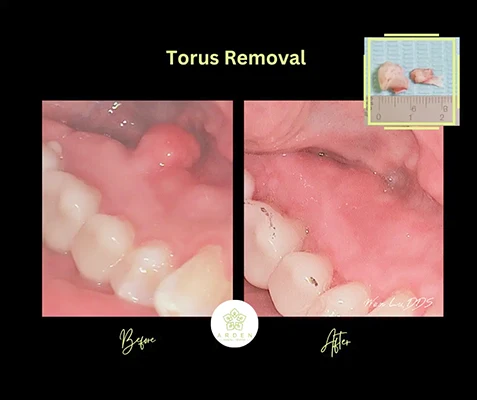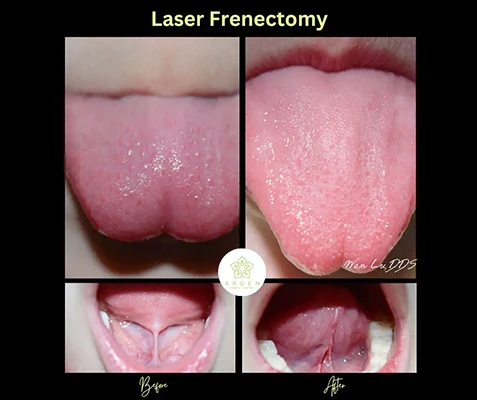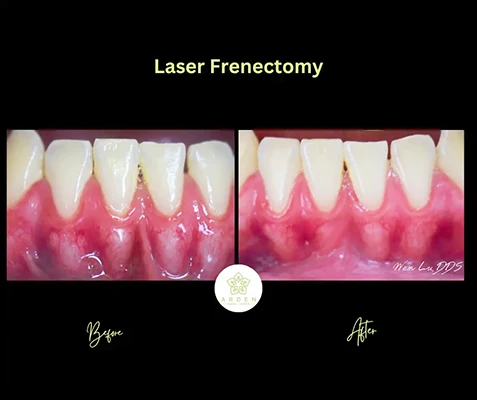
Dentist Wheaton IL
Dr. Wen Lu and the staff at Arden Dental Center offer comprehensive dental treatment, with a complete range of cosmetic dentistry, restorative dentistry, and general dentistry. We bring art, advanced technology, and personal care together to inspire your hope and transformation. Each team member possesses an unwavering dedication to impeccable service and exemplary dental care. Your comfort is our Wheaton IL dentist's top priority, and we have created a friendly, welcoming environment for you to enjoy.

Request an Appointment
Arden Dental Center
At Arden Dental Center, our practice’s name is inspired by William Shakespeare's “As You Like It”. The Forest of Arden is a magical place where people enter and emerge renewed. We strive to offer you the same: to be healthy, happy, and beautiful - to be your BEST! From preventative care to periodontics, from one-visit crowns to same-day dental implants, from cosmetic veneers to full-smile makeovers, from Invisalign to PDO fillers, all under one roof, your smile only deserves the very best.
In our practice, you will discover contemporary dental care designed for your complete satisfaction. We believe that teeth should look great, function properly, and withstand the rigors of daily life. Dr. Wen Lu and the team at Arden Dental Center combine the science of restoring teeth with artistic vision in cosmetic dentistry to produce strong, beautiful smiles.

What Sets Us Apart?
One Team
Our skilled team provides highly personalized care from start to finish all under one roof.
No Specialist Referrals
No Off-Site Imaging
No Communication Gaps
No Treatment Delay
No Runarounds
One Location
Our state-of-the-art office is equipped with cutting-edge technology to provide a streamlined process and reduce treatment time.
Digital Impressions
3D Imaging
Digital Smile Design
Digital Implant Planning
One Cost
Our comprehensive treatment plans provide all-inclusive and reasonable pricing from start to finish.
No Additional Fees
From Different Providers
No Hidden Costs
One Goal
Our ultimate goal is to provide you with exceptional results in order to help you achieve YOUR goals.
Experienced Team
Innovative Techniques
Cutting-Edge Materials
Predictable and
Long-Lasting Results
You deserve a beautiful smile
In our practice, you will discover contemporary dental care designed for your complete satisfaction. We believe that teeth should look great, function properly, and withstand the rigors of daily life. Dr. Wen Lu and the team at Arden Dental Center combine the science of restoring teeth with artistic vision in cosmetic dentistry to produce strong, beautiful smiles.
Before & After Showcase


What Kind of Training Do Dentists Have?
Becoming a dentist isn’t just about learning how to fix teeth—it’s about mastering a blend of science, art, and people skills. The journey starts with earning a bachelor’s degree, usually focused on sciences like biology or chemistry, which lays the foundation for understanding the human body. Then comes dental school, an intense four-year program where students dive into everything from anatomy and oral health to hands-on training with real patients. It’s like boot camp for your smile’s best advocate, combining book smarts with practical skills to ensure dentists can handle any situation, from routine cleaning to a tricky root canal.
But the training doesn’t stop there. Many dentists pursue additional specialties, like orthodontics or oral surgery, which can add several years of rigorous education and clinical practice. Even general dentists constantly keep their skills sharp with continuing education, staying updated on the latest techniques and technologies. Think of it like a never-ending quest to be the best at what they do. So, when you sit in that chair, you’re not just getting care from someone who “knows teeth”—you’re trusting an expert who’s spent years perfecting their craft to give you the healthiest, brightest smile possible.

Dr. Lu is a member of the following academic and dental institutions:

Begin Your Journey to A Brighter Smile in 3 Easy Steps

Follow us on Instagram


